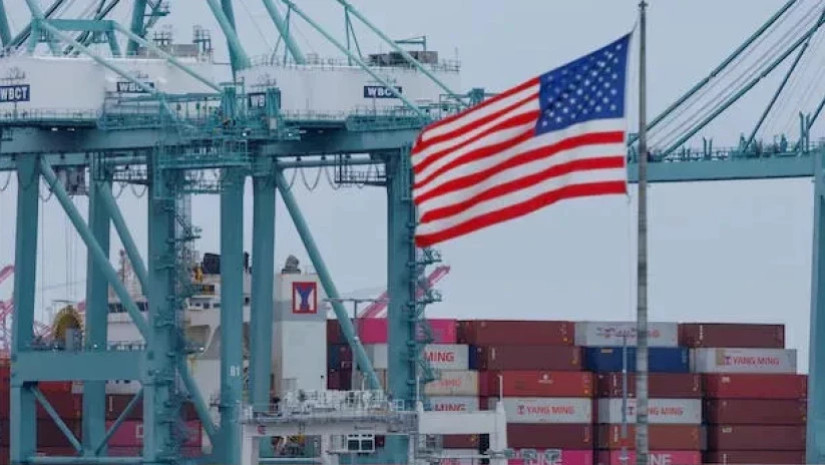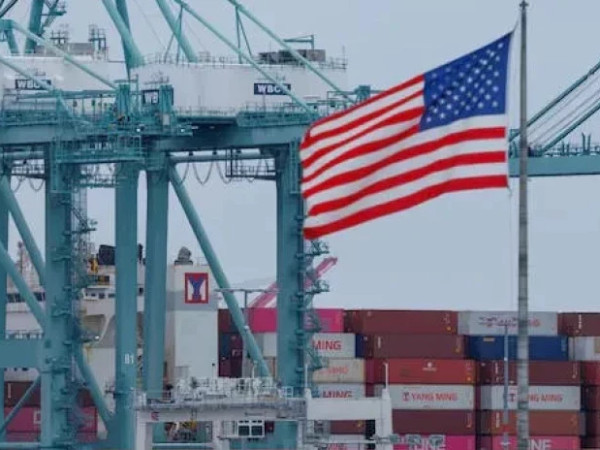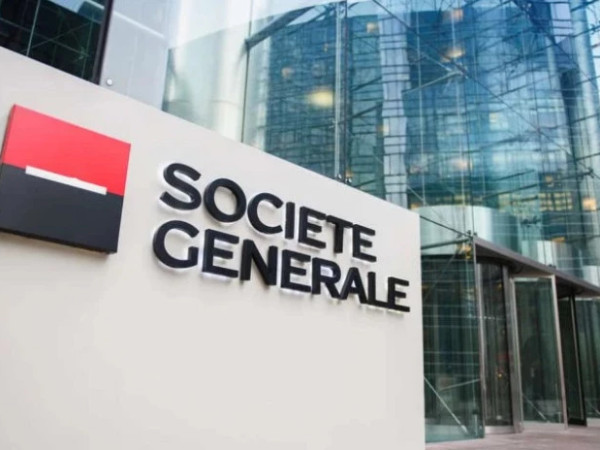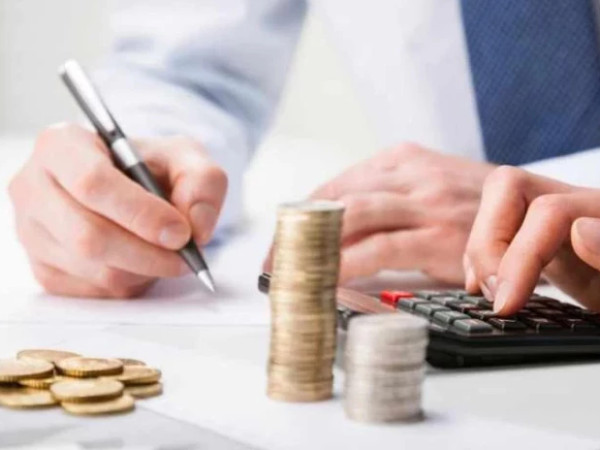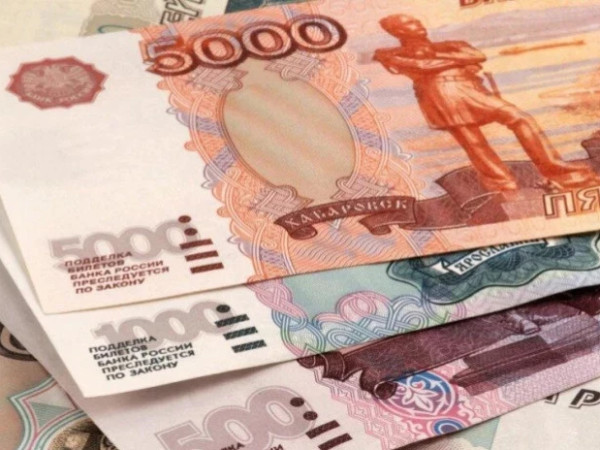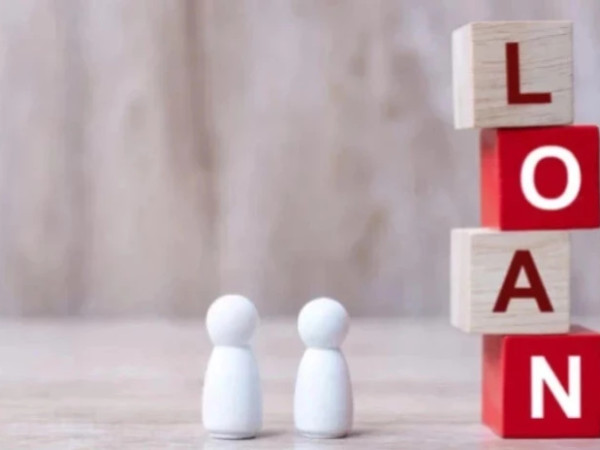President Trump on Thursday formally announced higher tariffs against more than 60 U.S. trading partners starting next week — just hours before the administration's self-imposed midnight deadline.
The president signed an executive order listing out tariff rates for imports from dozens of countries, including a handful that have cut trade deals with the administration and dozens that haven't reached a deal yet. The duties range as high as 41% for Syria and 40% for Laos and Myanmar, while almost no country's imports will face tariffs below 10%.
The new tariffs apply to imports that are "entered for consumption, or withdrawn from warehouse for consumption," in seven days, the order said. Mr. Trump had vowed to impose higher tariffs starting just after midnight on Friday, Aug. 1. A White House official told CBS News the extra seven days were intended to give Customs and Border Protection enough time to implement the new tariff rates.
Mr. Trump set the latest deadline for trade agreements in April after announcing — and later suspending for 90 days — what he described as "Liberation Day" tariffs on more than 90 countries. A July 9 deadline for deals came and went, with the White House again stalling for time. But Mr. Trump had since vowed not to extend the deadline beyond Aug. 1 for most nations.
Almost 70 trading partners are included on Thursday's list, and goods from countries that weren't listed will face 10% tariffs — the same baseline that Mr. Trump imposed in April.
For some countries, Thursday's tariff list features lower rates than the ones that were threatened on Liberation Day. But other countries' tariffs were adjusted up slightly. For example, Madagascar was threatened with 47% tariffs in April and just 15% tariffs on Thursday, but Switzerland's rate jumped from 31% to 39%.
For the handful of trading partners that have reached agreements with Mr. Trump in recent weeks — including Japan, South Korea and the European Union — the new tariff list reflects the terms of those trade deals.
A senior administration official told reporters Thursday the new tariff list separates U.S. trading partners into three buckets. If the United States has a trade surplus with a country — meaning the U.S. exports more goods to the country than it imports — that nation's goods will face a 10% tariff rate. If the U.S. has a small trade deficit, imports from that country will generally face 15% tariffs. And countries that the U.S. has larger deficits with face higher tariffs, typically based on either the "Liberation Day" rate, a rate hashed out in a trade deal with the U.S. or a rate floated by Mr. Trump in a letter.







